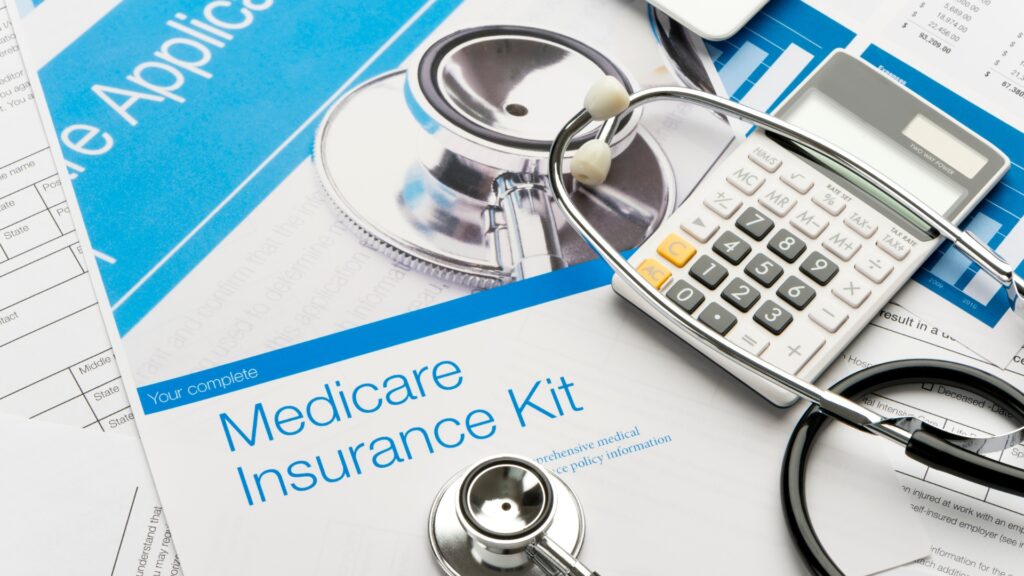To facilitate your journey, this article breaks down the essentials of health insurance, providing a detailed overview of Medicaid, which is often the go-to option for low-income individuals and families. Further, we explore affordable private insurance alternatives that might be a perfect fit for those who don’t qualify for Medicaid. With practical tips for selecting the most suitable plan and insights into the nuances of each option, our goal is to empower you with the knowledge to make informed decisions regarding your health insurance coverage. By the end, you’ll have a clearer understanding of the best avenues for securing affordable and comprehensive health insurance.
Understanding Health Insurance
What is Health Insurance?
Health insurance, often referred to as medical insurance, is a form of healthcare coverage that provides financial support, aiding you in managing your healthcare expenses. By covering essential health benefits, it is critical for maintaining your health and treating illnesses and accidents. Health insurance policies offer coverage towards significant medical expenses, which allows you to focus on your well-being without the added pressure on your budget.
Why is Health Insurance Important?
Health insurance protects you from unexpected, high medical costs. You pay less for covered in-network health care, even before you meet your deductible, and you receive free preventive care like vaccines, screenings, and some check-ups. Additionally, health insurance can be a financial cushion, diversifying your portfolio and reducing your tax burden. It also provides a safety net for your family in case the primary income provider passes away or is unable to work due to disability.
Understanding the importance of health insurance extends beyond individual benefits—it plays a crucial role in public health and societal stability. By facilitating access to healthcare, health insurance is associated with lower death rates, better health outcomes, and improved productivity. It supports the health and well-being of individuals and communities, incentivizing appropriate use of healthcare resources and reducing financial strain.

Health insurance is not just a personal safety net but a critical component of a well-functioning society, ensuring that everyone, regardless of income level, has access to necessary medical care.
Medicaid: An Overview
Eligibility Criteria
Medicaid serves as a critical safety net for various groups including low-income families, pregnant women, elderly adults, and individuals with disabilities. To qualify, you must meet specific criteria based on income, residency, and other factors. For instance, eligibility may include having an income below certain thresholds which vary by state and household size. For a family of four, the income limit might be set at around $35,000 per year before taxes. Additionally, eligibility extends to U.S. nationals, citizens, permanent residents, or legal aliens who require health care assistance.
How to Apply
Applying for Medicaid can be done through several methods. You can apply online, by phone, or in person at your local Department of Social Services. For example, in Virginia, applications can be submitted at commonhelp.virginia.gov or by calling the Cover Virginia Call Center. It’s essential to have your personal details ready, such as social security numbers and income information, to ensure a smooth application process. If additional information is needed, documents which can be submitted online or via mail may be requested.
Benefits of Medicaid
Medicaid provides comprehensive coverage to its beneficiaries, which includes hospital visits, regular check-ups, and emergency services. In many states, Medicaid coverage is extensive, ensuring that low-income families and individuals have access to necessary medical care without the burden of unmanageable costs. For children and pregnant women, the coverage is even more comprehensive, often including dental and vision care. Medicaid not only supports health but also financial stability by shielding families from the high costs associated with medical care.

By understanding these aspects of Medicaid, you can better navigate the options available to you and secure the necessary coverage for you and your family.
Affordable Private Insurance Options
Subsidized Health Plans
Subsidized health plans, often referred to as Marketplace insurance plans, are designed to make health insurance more affordable for those without access to employer-sponsored insurance or other coverage types. These plans are available through the Health Insurance Marketplace and are tailored to be financially accessible. They are required to cover the 10 essential health benefits, which include services like doctor visits, hospital stays, maternity care, and prescription drugs. Importantly, these plans do not allow for discrimination based on pre-existing conditions and offer subsidies in the form of premium tax credits and cost-sharing reductions based on your household income and the cost of the benchmark plan in your area.
Marketplace Insurance Plans
Marketplace insurance plans are a viable option for those who find themselves slightly above the Medicaid eligibility threshold. These plans can be significantly more affordable, with four out of five customers finding health coverage for $10 or less a month. However, if you qualify for Medicaid, you are not eligible for savings on a Marketplace plan and would need to pay the full price. To determine eligibility for savings and to get exact plan prices, it’s essential to fill out a Marketplace application which considers your household’s adjusted gross income and other factors.
Short-term Health Insurance Plans
Short-term health insurance plans offer an alternative for those needing temporary coverage. These plans can last up to 12 months, with the possibility of renewal for up to 36 months in some states. They are generally less expensive but offer limited coverage and are not required to comply with all Affordable Care Act (ACA) standards, including coverage for pre-existing conditions. While they can provide immediate coverage in situations such as employment transitions or other temporary gaps, they are not recommended as a long-term health insurance solution due to their limited benefits and potential high costs.
By understanding these options and assessing your specific needs and financial situation, you can navigate the complexities of private health insurance and select a plan that offers the best balance of cost and coverage.
Tips for Choosing the Right Plan
Evaluating Your Health Needs
When choosing a health insurance plan, start by assessing your and your family’s health care needs. Consider both current health conditions and potential future medical services. For example, if someone in your family has a chronic condition like diabetes, ensure the plan covers the necessary treatments and medications. Also, review the plan’s provider network to confirm if your preferred doctors and hospitals are included, which can prevent unexpected out-of-pocket expenses.
Comparing Costs and Coverage
Understanding the financial implications of different health plans is crucial. Analyze the premium, which is the monthly bill you pay to the insurance company, and also consider the deductible, which is what you pay out-of-pocket before the insurance starts covering costs. Plans are categorized into “metal” levels—Bronze, Silver, Gold, and Platinum—that indicate the cost-sharing structure between you and the insurer, not the quality of care. It’s essential to compare these aspects alongside the coverage details to find a balance that suits your budget and health care needs.
Seeking Professional Advice
Navigating health insurance options can be complex, but you don’t have to do it alone. Utilize resources that offer free, unbiased advice. For instance, you can get help from trained agents or brokers who can guide you through the Marketplace, ensuring you understand the different plans and any cost savings you might qualify for. Additionally, there are programs like CHOICES that provide one-on-one benefits counseling on all parts of Medicare, helping with eligibility screenings, application assistance, and plan comparisons.

By carefully evaluating your health needs, comparing costs and coverage, and seeking professional advice, you can make a more informed decision about which health insurance plan is right for you and your family.
The options presented herein serve as a roadmap to navigate the often-complex health insurance landscape. Armed with this knowledge, you are better positioned to select a plan that offers the best balance of affordability and comprehensive coverage. And as you continue to evaluate your health insurance needs, remember to stay informed about the latest options and resources available to you. For ongoing insights and updates on navigating health insurance complexities, subscribe to stay in the loop. By doing so, you ensure you’re always equipped with the information needed to make the best choices for you and your family’s health and financial well-being.
Helpful Resources:
- Medicaid Information and Application: https://www.medicaid.gov/
- Medicaid Eligibility by State: https://www.medicaid.gov/medicaid/eligibility/index.html
- Compare Marketplace Plans: https://www.healthcare.gov/see-plans/
- Subsidized coverage: https://www.healthcare.gov/glossary/subsidized-coverage/
- Marketplace Application: https://www.healthcare.gov/get-coverage/
- eHealth Insurance Short-term: https://www.ehealthinsurance.com/short-term-health-insurance
- Find Local Help on HealthCare.gov: https://localhelp.healthcare.gov/











